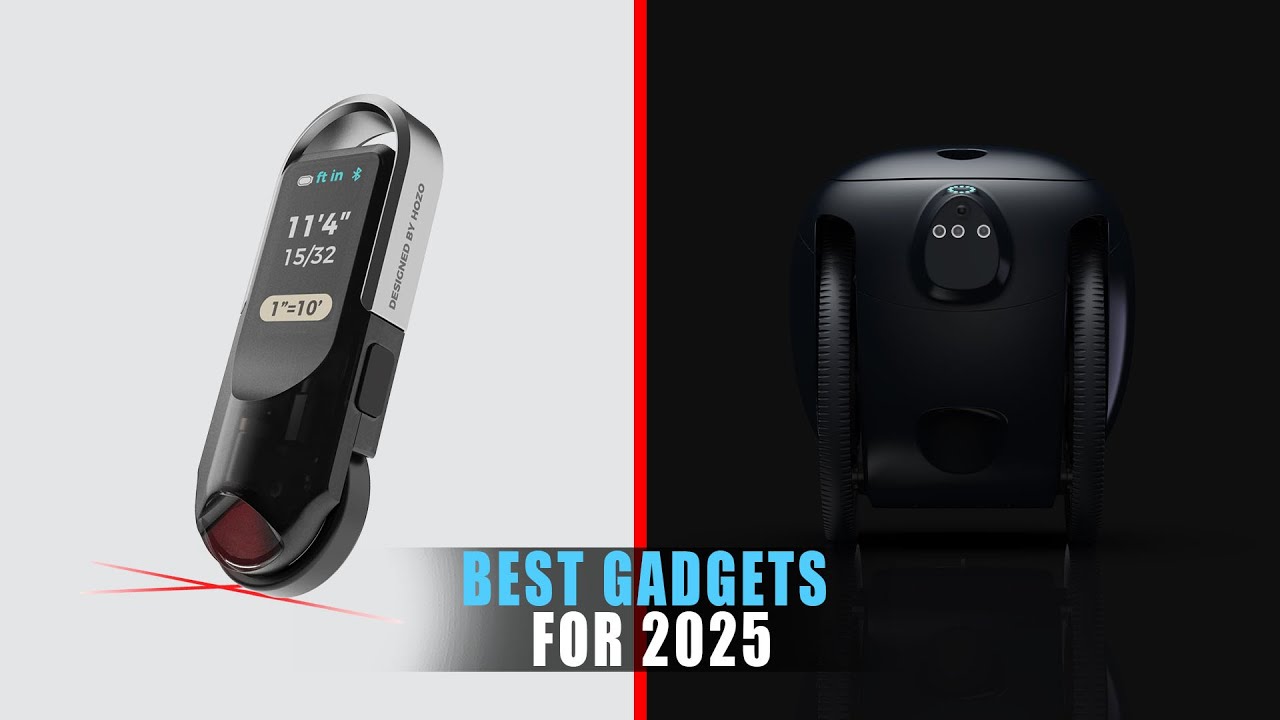
Innovations in Technology and Digital Behavior: The Future of AR Glasses and Youth Engagement
In recent weeks, a flurry of advancements in technology has captured the attention of tech enthusiasts and mental health advocates alike. From Augmented Reality (AR) glasses to the concerning rise of social media dependency among teenagers, the trends point to a rapidly changing landscape that deserves our attention.
 Meta Orion AR Glasses
Meta Orion AR Glasses
The Reveal of the Meta Orion AR Glasses
During the Meta Connect event, Meta unveiled its newest creation — the Orion AR glasses. Touted as the company’s flagship entry into the realm of Augmented Reality, these glasses represent the latest evolution in wearable technology. However, the initial reception has been mixed. While the potential applications for immersive user experiences are thrilling, the early prototypes raised questions about usability and ergonomics due to their bulkiness.
The Orion glasses utilize cutting-edge technology to provide a hybrid experience that melds the digital with the real world. One of the most fascinating features is interactive control through a neural-interface armband. Users can perform actions with mere hand gestures, making for a fluid, intuitive experience. Imagine scrolling through options or launching apps merely by pinching your fingers together. This kind of interaction brings an exciting layer of interactivity that traditional devices can’t replicate.
The Technical Marvel
Equipped with micro-LED projectors, the Orion glasses project 3D holographic images directly into the wearer’s line of sight. The silicon carbide lenses offer a 70-degree field of view, facilitating an immersive experience. As expected with such advanced technology, all graphics processing is managed by a robust external processor, designed to wirelessly communicate with the glasses, ensuring a seamless experience without compromising on performance.
 Meta Orion AR Glasses mit Armband und Puck
Meta Orion AR Glasses mit Armband und Puck
Despite the technical sophistication, the Orion incubates a significant aspect of predictive analytics. By using a beta version of the Meta AI software, users can upload images of their refrigerator contents and receive immediate recipe suggestions, a blend of necessity and convenience that exemplifies the future of smart home technology.
Social Media’s Toll on Youth
As the tech industry marvels at groundbreaking AR technology, another narrative unfolds in the realm of social media. Recent data from the World Health Organization (WHO) reveals alarming trends in social media usage among teenagers. The study indicates that now more than one in ten adolescents in Europe displays signs of problematic social media behavior, with teenage girls notably more affected than boys.
 Teenager mit Smartphone
Teenager mit Smartphone
The increase from 7% to 11% over a four-year period can’t be overlooked; it points to a more profound engagement with platforms that can yield both positive and negative consequences. Hans Kluge, WHO’s Regional Director, emphasized the dual nature of social media, asserting the need for digital literacy as today’s youth navigate a landscape rife with both connection and distraction.
Examining the Consequences
The consequences of unchecked social media consumption are significant. Mental health issues like depression, bullying, and anxiety are increasingly prevalent, exacerbated by the continuous connectivity fostered by mobile devices. Alarmingly, 36% of teens noted they maintain constant online contact with friends, indicating that social interactions are now heavily mediated by digital platforms rather than face-to-face engagements.
A New Dawn for Charging Technology
Moreover, advancements in technology also herald improvements beyond AR and mental health. In a groundbreaking initiative, Dongfeng Motor’s premium EV brand, VOYAH, inaugurated their first smart supercharging station on September 27. This innovative station is equipped to handle rapid, ultra-fast charging, capable of adding 1.7 kilometers of range to vehicles in mere seconds.
In a world increasingly reliant on electric vehicles, such technological innovations reflect not just consumer demands, but also the urgent need to transition to sustainable energy practices.
Smart Supercharging Station
Featuring a microgrid system for solar energy management, the VOYAH station melds efficiency and sustainability in one stroke. With features like lightweight charging cables and an automated maintenance advisory system, VOYAH sets a high standard for future charging infrastructure.
Conclusion: Balancing Innovation and Responsibility
As we stand at the crossroads of technological innovation and social warefare, the narratives of AR technology and social media dependency intertwine. While the Orion AR glasses could redefine our interaction with technology for personal productivity and entertainment, we simultaneously grapple with the pervasive impact of social media on youth well-being.
In conclusion, the path forward must be one of balance. We must embrace the benefits of ongoing technological evolution while fostering an environment where mental health is prioritized. Thus, it becomes imperative for stakeholders across sectors — tech companies, educators, and families alike — to engage in dialogue focused on developing responsible practices while cultivating innovation for a healthier future.
Social Media Evolution















